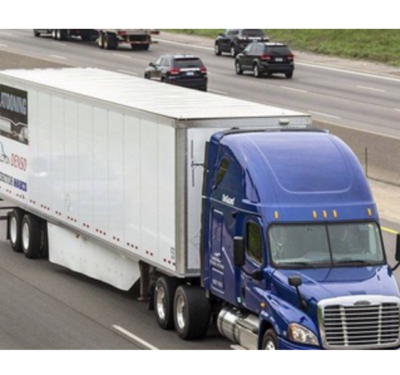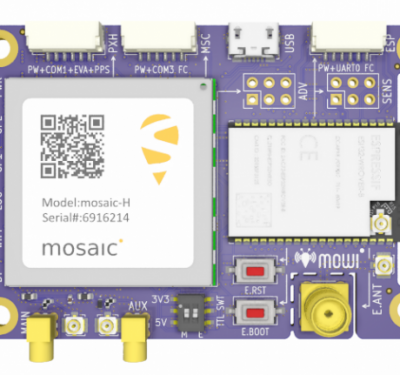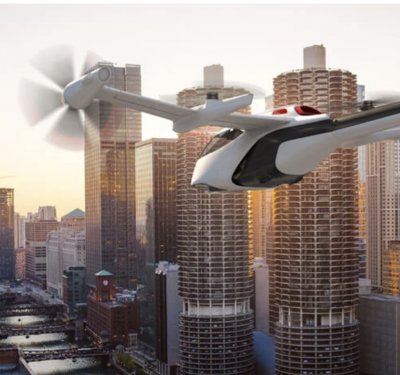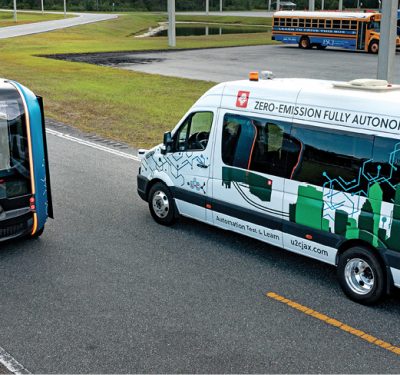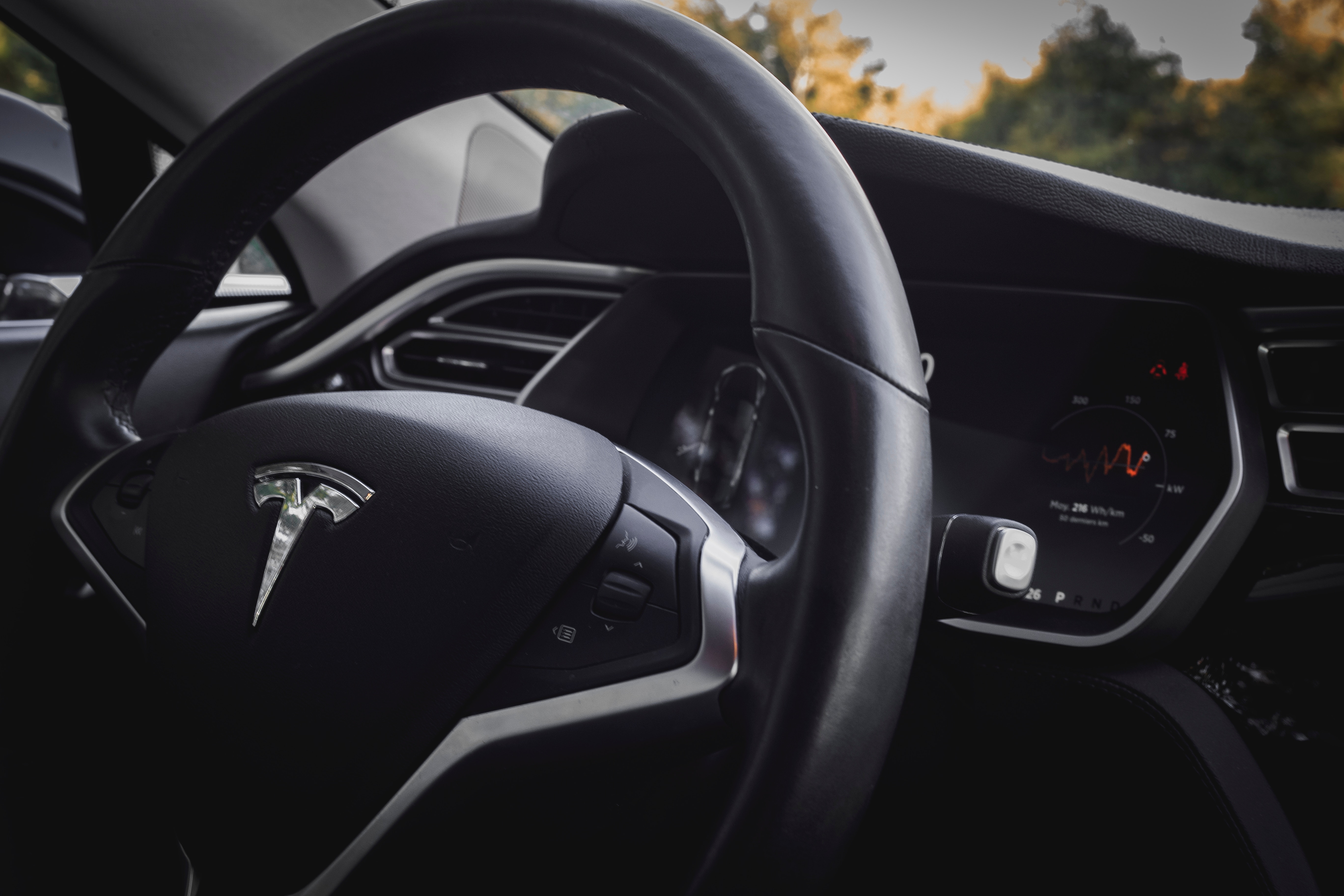
The steering wheel of a Tesla. Tesla vehicles incorporate automated technology. Photo courtesy of JP Valery via Unsplash.
Both the Department of Transportation (DOT) and the Transportation Research Board (TRB) will be assessing how self-driving technologies will impact the job prospects and training needs of American transportation workers.
DOT will be working with the Departments of Labor, Commerce and Health and Human Services to assess how Advanced Driver Assist Systems (ADAS) and Highly Automated Vehicles (HAV) technologies will affect drivers and operators of commercial motor vehicles including the possibility they will lose their jobs. The Secretary of Transportation just completed gathering comments on the study to gain insight into the pace of change and the ability of the workforce to adapt (Docket DOT-OST-2018-0150). The study will also look at the safety of truck platooning, traffic management and issues of driver awareness in cases where they may need to take over the wheel of a largely automated vehicle.
The TRB, which is part of the National Academies of Sciences, Engineering and Medicine, will be looking at the effects of vehicle automation on those working in public transportation, wrote Mariela Garcia-Colberg, a TRB senior program officer for synthesis studies in a comment posted to the DOT study.
To be completed by mid 2020, the TRB study will assess what happens with the introduction of fully automated vehicles and vehicles that are close to being fully automated (SAE automation levels 5 and 4).Researchers will benchmark automated technologies as they relate to the public transportation and determine their potential implications. They will assess the current transit labor market including what kind of pay and skills are required for different jobs. They will then rank which jobs are the most and the least likely to be replaced or converted — that is altered to where additional training is required or there needs to be a change in the organizational chart.
Ultimately the TRB team will craft a set of recommendations for workforce transitioning, re-training, partnerships and additional steps that transportation agencies can take to stay ahead of technological change as it relates to the labor force.


